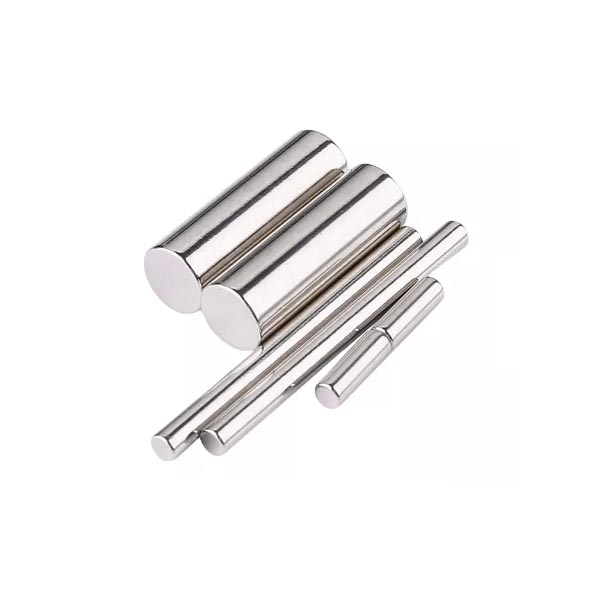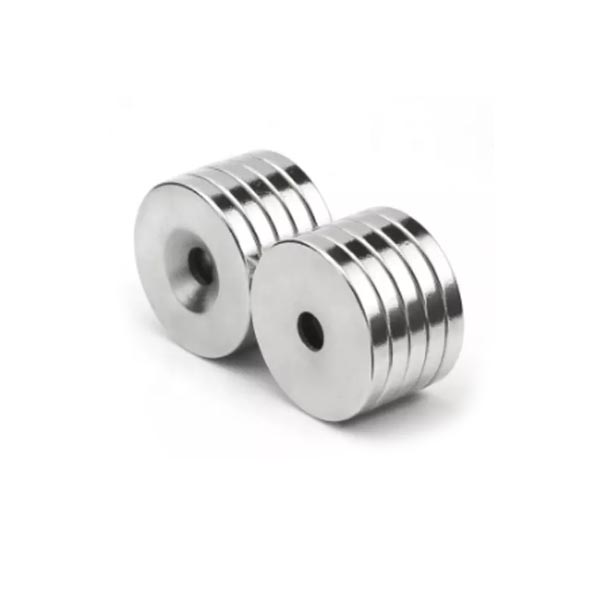Magnets play a pivotal role in various fields, from technology to medicine, facilitating numerous applications. Two common types of magnets are neodymium magnets and electromagnets, each with distinct characteristics and functionalities. Let's delve into the key differences between neodymium magnets and electromagnets to understand their unique properties and applications.
1. Composition:
Neodymium magnets are permanent magnets made from an alloy of neodymium, iron, and boron (NdFeB). These magnets are renowned for their exceptional strength and are among the strongest permanent magnets available commercially. In contrast, electromagnets are temporary magnets created by passing an electric current through a coil of wire wound around a core material, typically iron or steel.
2. Magnetization:
Neodymium magnets are magnetized during the manufacturing process and retain their magnetism indefinitely. Once magnetized, they exhibit a strong magnetic field without the need for an external power source. Electromagnets, on the other hand, require an electric current to generate a magnetic field. When the current flows through the wire coil, it induces magnetism in the core material, creating a magnetic field. The strength of an electromagnet's magnetic field can be adjusted by varying the current passing through the coil.
3. Strength:
Neodymium magnets are renowned for their exceptional strength, surpassing most other types of magnets in terms of magnetic field intensity. They are capable of exerting powerful forces and are widely used in applications requiring high magnetic strength, such as electric motors, speakers, and magnetic resonance imaging (MRI) machines. While electromagnets can also produce strong magnetic fields, their strength is dependent on the current passing through the coil and the properties of the core material. Consequently, electromagnets can be designed to exhibit varying levels of magnetic strength, making them versatile for different applications.
4. Flexibility and Control:
One of the primary advantages of electromagnets is their flexibility and controllability. By adjusting the electric current flowing through the coil, the magnetic field strength of an electromagnet can be easily manipulated in real-time. This feature allows electromagnets to be used in applications where precise control over the magnetic field is required, such as in industrial automation, magnetic levitation systems, and electromagnetic actuators. Neodymium magnets, being permanent magnets, do not offer the same level of flexibility and control over their magnetic properties.
5. Applications:
Neodymium magnets find applications in various fields, including electronics, aerospace, and medical devices, where their high strength-to-size ratio is advantageous. They are used in hard disk drives, headphones, magnetic closures, and sensors, among other applications. Electromagnets are employed in a wide range of industries, from manufacturing and transportation to scientific research and entertainment. They power cranes, magnetic separators, maglev trains, MRI machines, and electromechanical devices like relays and solenoids.
In conclusion, while both neodymium magnets and electromagnets exhibit magnetic properties, they differ in composition, magnetization, strength, flexibility, and applications. Neodymium magnets are permanent magnets known for their exceptional strength and durability, whereas electromagnets are temporary magnets whose magnetic field can be controlled by varying the electric current. Understanding the distinctions between these two types of magnets is essential for selecting the appropriate magnetic solution for specific requirements and applications.
Your Custom Neodymium Magnets Project
We can offer the OEM/ODM services of our products. The product can be customized according to your personalized requirements, including the size, Shape, performance, and coating. please offer your design documents or tell us your ideas and our R&D team will do the rest.
Post time: Mar-06-2024







